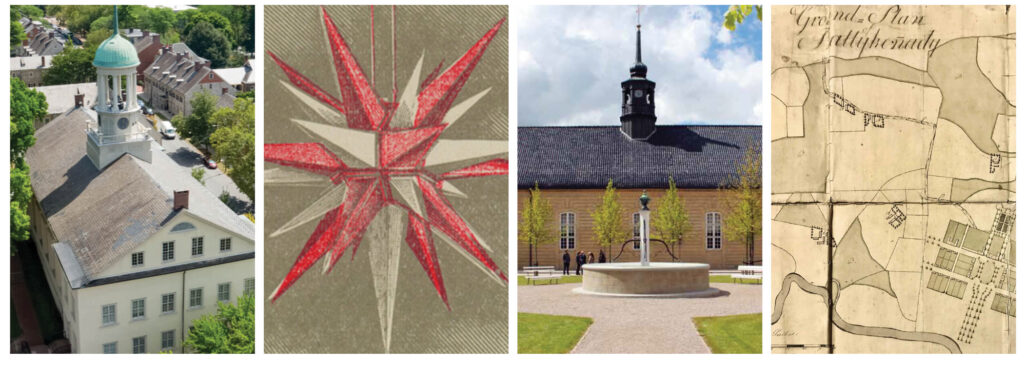
Overview
Moravian Church Settlements is a transnational extension of Christiansfeld, a Moravian Church Settlement in Denmark founded in 1773 and inscribed on the World Heritage List in 2015. The Moravian Church is a Protestant denomination in the free church tradition centered in Herrnhut, Saxony, Germany.
The extension includes three additional component parts:
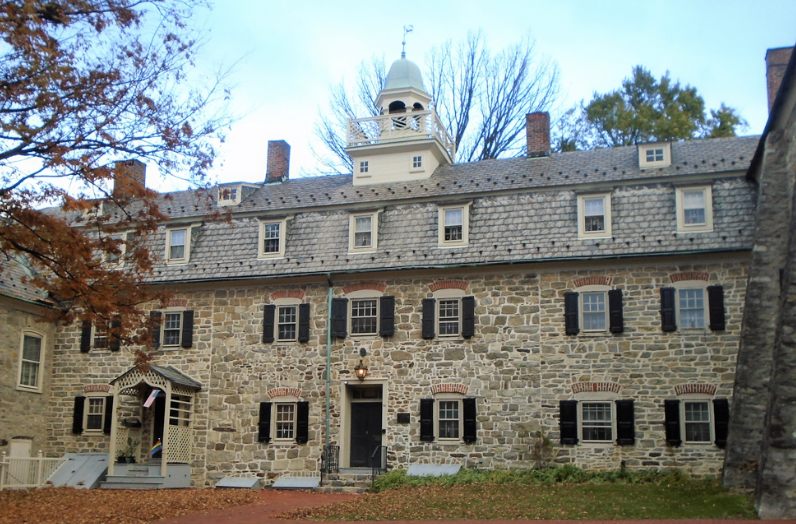
Bethlehem (USA) was established in the Commonwealth of Pennsylvania in 1741. This highlights the early transatlantic dimension of the Moravian Church phenomenon during a prolific settlement-building decade and added the cultural dimension of the Moravians’ outreach to Native Americans.

Gracehill (UK) was founded in Northern Ireland in 1759. It represents the significance of the Moravian Church in the UK and exemplifies a unique series of ‘ideal’ urban plans that demonstrate a notable gender axis. This is showcased by the division of the town plan into a sisters’ side and a brothers’ side, which directly reflects the fundamental functional structure of Moravian society.
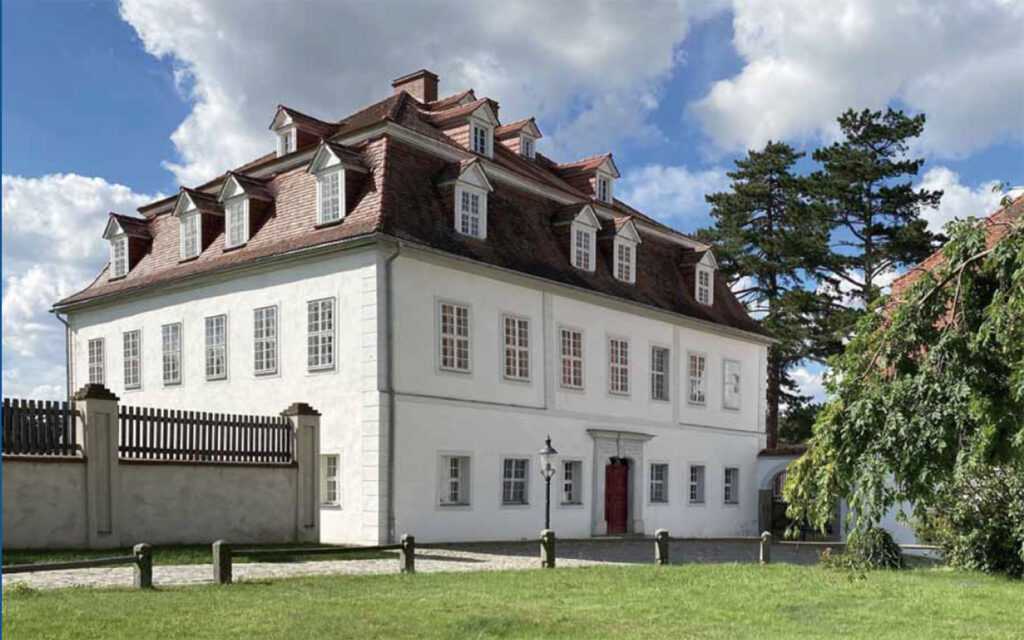
Herrnhut (Germany) is considered the ‘mother’ or ‘founding town’ of the Renewed Moravian Church. It was established in 1722 in Saxony and evolved in line with the development of Moravian theology and societal ideals. This town defined the principles of all Moravian Church settlements.
Each component part represents an historic urban religious center classed as a Moravian congregation town (‘Gemeinort’). As a series, Bethlehem, Gracehill, and Herrnhut together with Christiansfeld, exemplify the global network of all settlements and their remarkable coherence in religious life, architecture, and town planning.
The continuing presence of Moravian Church communities in each settlement ties the historic structures — critical heritage elements in the ongoing maintenance of practice and beliefs — to the ongoing life of the wider Moravian Church and municipal community, its sustainable development, and common well-being.
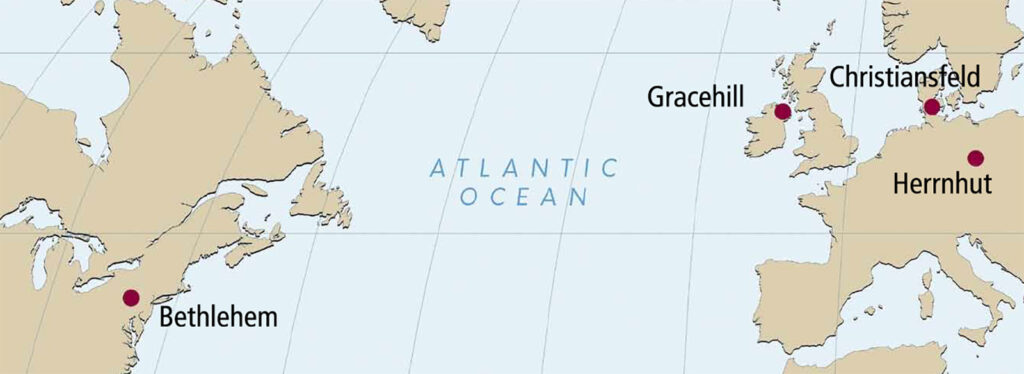
The World Heritage Committee recommended an extension of the Christiansfeld inscription to include other historic Moravian Church settlements. In 2021, Bethlehem, Gracehill, and Herrnhut signed a Voluntary Association Agreement to work together to prepare a transnational serial nomination to the World Heritage List as an extension of Christiansfeld.
While Christiansfeld is the best-preserved Moravian Church settlement in the world Herrnhut, as the mother settlement, exemplifies original Moravian urban design principles and introduces key attributes of the Moravian Church’s spiritual, societal, and ethical ideals.
Bethlehem is the first and best-preserved settlement in North America, and Gracehill is the best-preserved in the UK planned around a central church square.
Each of these settlements embodies the spiritual, societal, and ethical ideals of the Moravian Church which are expressed through intentional town planning, distinct buildings, unique God’s Acre cemetery, and the Moravian Church Civic Baroque architectural style visible in each settlement.
Together, these four Moravian Church Settlements as a World Heritage site represent the transnational scope and consistency of the international Moravian community as a global network, built through the founding of settlements and mission stations beginning in the early 18th century and continuing to characterize the Moravian Church today.
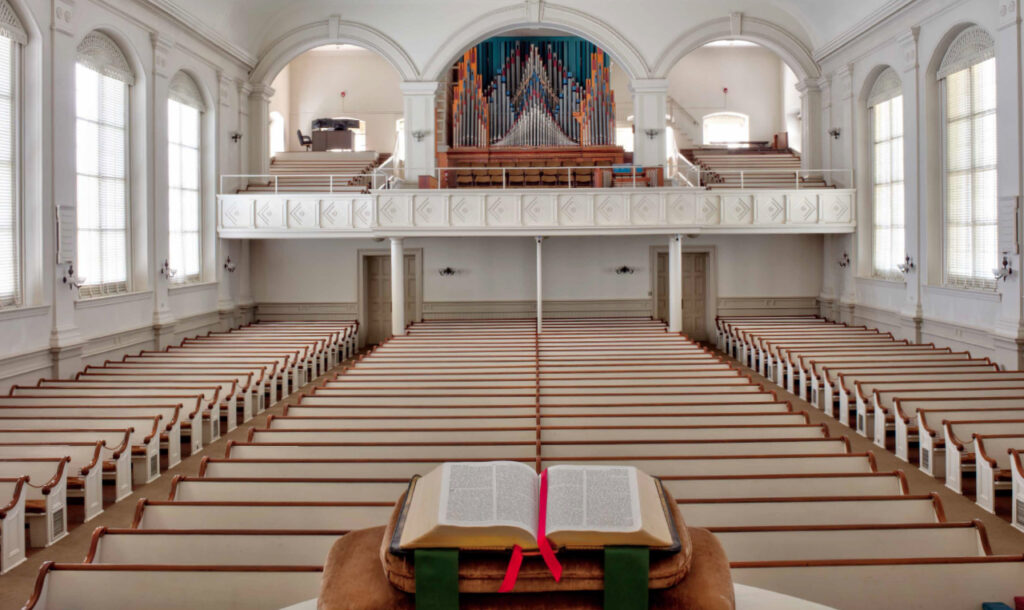
Moravian Church history
The Moravian Church originated in the 15th-century Bohemian-Moravian Hussite movement and the Czech Reformation. It is one of the oldest Protestant denominations. The first period in Moravian Church history, known as the time of the ‘ancient’ Unity, began in 1457 when several reform-minded believers established a community in the village of Kunvald in Bohemia. Subsequently, the group became known as Bohemian Brethren and flourished until the suppression of Protestantism in the Czech lands in the 17th century.
The present-day character and organization of the Moravian Church derives from its beginnings in the ‘mother’ settlement of Herrnhut in 1722 and the Unity’s ‘renewal’ there in 1727. As a result of missionary activity, the renewed Moravian Church has become an international body of 26 provinces in more than 40 countries.
As the German name ‘Brüdergemeine’ (unity of brethren) indicates, the community’s key value was forming a fellowship of brothers and sisters in faith. Today, it is mostly its rich history, its liturgical and devotional tradition, and its lively sense of fellowship, more than a specific confessional stance or ethnic origin, that defines the Moravian tradition.
More information
Moravian Church in North America, Northern Province